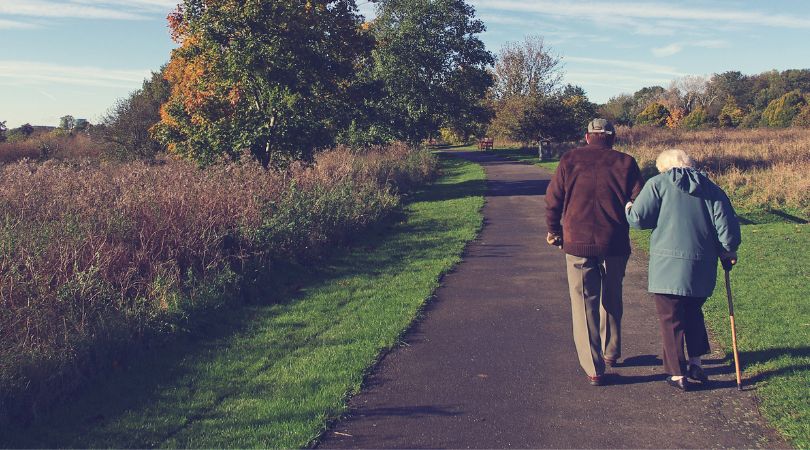As we transition into the autumn, it’s essential to make necessary preparations to ensure the safety of elderly individuals at home. Falls can result in severe injuries and have long-lasting consequences.
In this post, we’re sharing ten valuable tips for preparing your home to prevent falls during the colder months. Whether you are an elderly person, a family member, or a caregiver, these tips will help you create a safer living environment.
Evaluate Lighting:
Begin by assessing the lighting in the home, paying close attention to areas that are more prone to falls, such as hallways, staircases, and entrances. Make sure these areas are well-lit, and consider installing motion-activated lights or timers for added convenience and safety. Ample lighting helps improve visibility and reduces the risk of tripping or misjudging obstacles.
Remove Clutter and Obstacles:
Eliminate clutter and potential hazards from living spaces, including loose rugs, cables, or furniture that obstruct movement. Arrange furniture in a way that allows for easy navigation and ensures clear pathways. Use non-slip mats or adhesive strips to secure rugs and prevent them from slipping.
Choose Safe Footwear:
Opt for footwear that provides optimal support and stability, particularly during autumn and winter when slippery outdoor conditions are prevalent around outside space. Select shoes with non-slip soles and a proper fit, avoiding loose or high-heeled footwear that increases the risk of slips and falls. Investing in appropriate footwear is crucial for maintaining balance and preventing accidents.
Install Handrails and Grab Bars:
Consider installing handrails along staircases, both indoors and outdoors, to provide additional support and stability. Install grab bars in bathrooms, near toilets, and in shower areas to assist with balance and prevent falls. These safety features offer valuable support and can greatly reduce the risk of accidents.
Engage in Regular Exercise:
Regular physical activity is key to improving strength, balance, and flexibility. Engage in exercises suitable for your abilities, such as walking, tai chi, or yoga. These activities can significantly enhance stability and reduce the risk of falls. Consult with a healthcare professional to develop a personalised exercise routine.
Ensure Devices Are Charged:
Whether it’s a mobile phone or any other sort of device that’s designed for your convenience, ensure they’re charged adequately and get assistance if you’re experiencing difficulties. And ensure not to leave any devices charging overnight or while the house is vacant.
Consider Assistive Devices:
If mobility is a concern, consider using assistive devices such as canes or walkers. These aids provide extra support and stability, reducing the likelihood of falls. Ensure the equipment is properly adjusted, and remember to maintain it regularly for optimal performance.
Stay Hydrated:
Proper hydration is essential for overall well-being and can help prevent falls. Remember to drink an adequate amount of water throughout the day, even if you don’t feel thirsty. Dehydration can cause dizziness and affect balance, increasing the risk of accidents.
Schedule Eye and Hearing Examinations:
Regular eye and hearing check-ups are crucial for maintaining optimal sensory function. Good vision and hearing play a significant role in detecting potential hazards and preventing falls. If you notice any changes in your vision or hearing, consult with a healthcare professional promptly.
Seek Support and Stay Connected:
Don’t hesitate to ask for assistance when needed. Inform family members, friends, or caregivers about your concerns and potential fall risks. Regularly communicate with them and consider utilising fall detection technology to provide an additional layer of safety and peace of mind.
Preparing your home to prevent falls is paramount, particularly during the autumn and winter seasons. By implementing these ten tips and taking proactive measures, you can significantly reduce the risk of falls and their associated consequences.
Safeguarding your home environment allows you to maintain your independence and enjoy the changing seasons with confidence. Stay safe, stay connected, and embrace the upcoming months with peace of mind.


